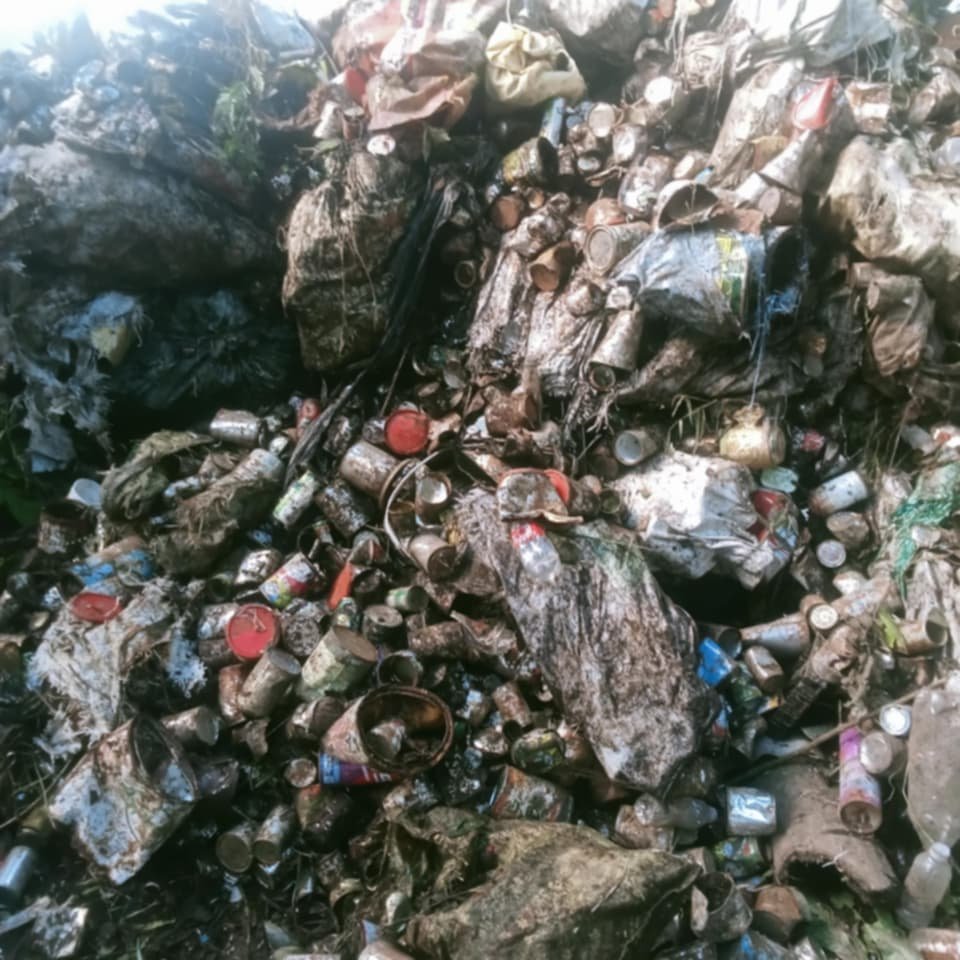TIN CANS COLLECTION
In Albay and the Philippines, the collection and recycling of tin cans are important for promoting a circular economy and environmental sustainability, especially given the prevalence of canned food consumption in the country. Tin cans are typically made of steel and sometimes aluminum, both of which are valuable recyclable metals.

The Philippines has a strong market demand for both consumer goods, like canned food, and industrial products that utilize steel and aluminum. Canned food market alone is projected to witness a compound annual growth rate of 8.37% to grow to US$2, 401.084 million by 2028, from US$1, 367.954 million in 2021. This widespread use of tin cans in both consumer and industrial sectors generates a substantial amount of waste that needs to be addressed through effective recycling systems.
The Philippines' Metal Consumption Context
ecycling steel and aluminum cans provides significant environmental advantages. Recycling steel cans reduces the need for extracting iron ore, avoiding the environmental damage associated with mining, saves energy compared to producing steel from virgin ore, and lowers greenhouse gas emissions. Recycling aluminum cans also avoids the environmental impacts of bauxite mining, saves even more energy compared to producing aluminum from raw materials, and results in a significant reduction in CO2 emissions. Additionally, recycling tin cans prevents them from ending up in landfills, which in turn helps to reduce water and ocean pollution and mitigate factors that contribute to flooding.
Environmentally, it lessens the impact of extracting virgin ore, reduces energy consumption, and minimizes greenhouse gas emissions.
The recycling of steel and aluminum cans has positive economic and social impacts, generating employment opportunities in collection, sorting, processing, and logistics, and providing income opportunities for individuals and families. Furthermore, it contributes to a circular economy by diverting these valuable materials from landfills and reintroducing them into the production process, minimizing the need for new resources.



